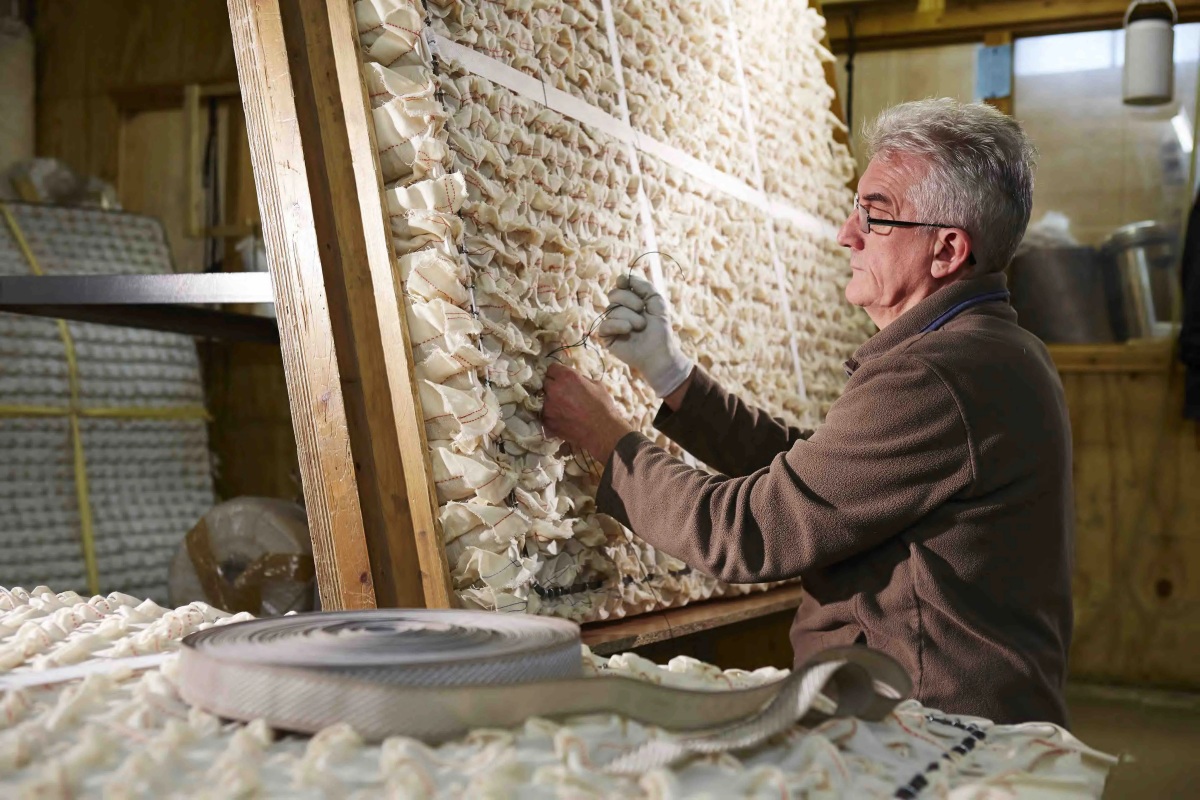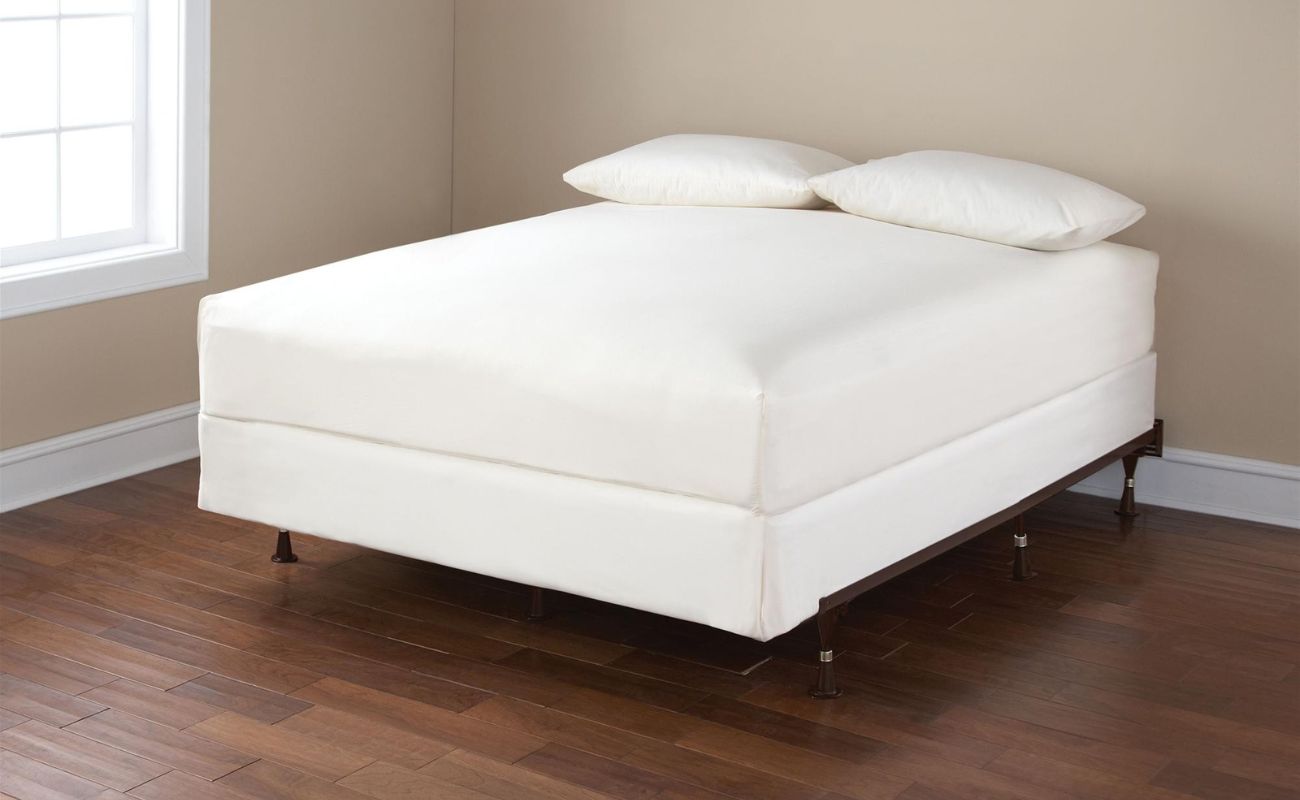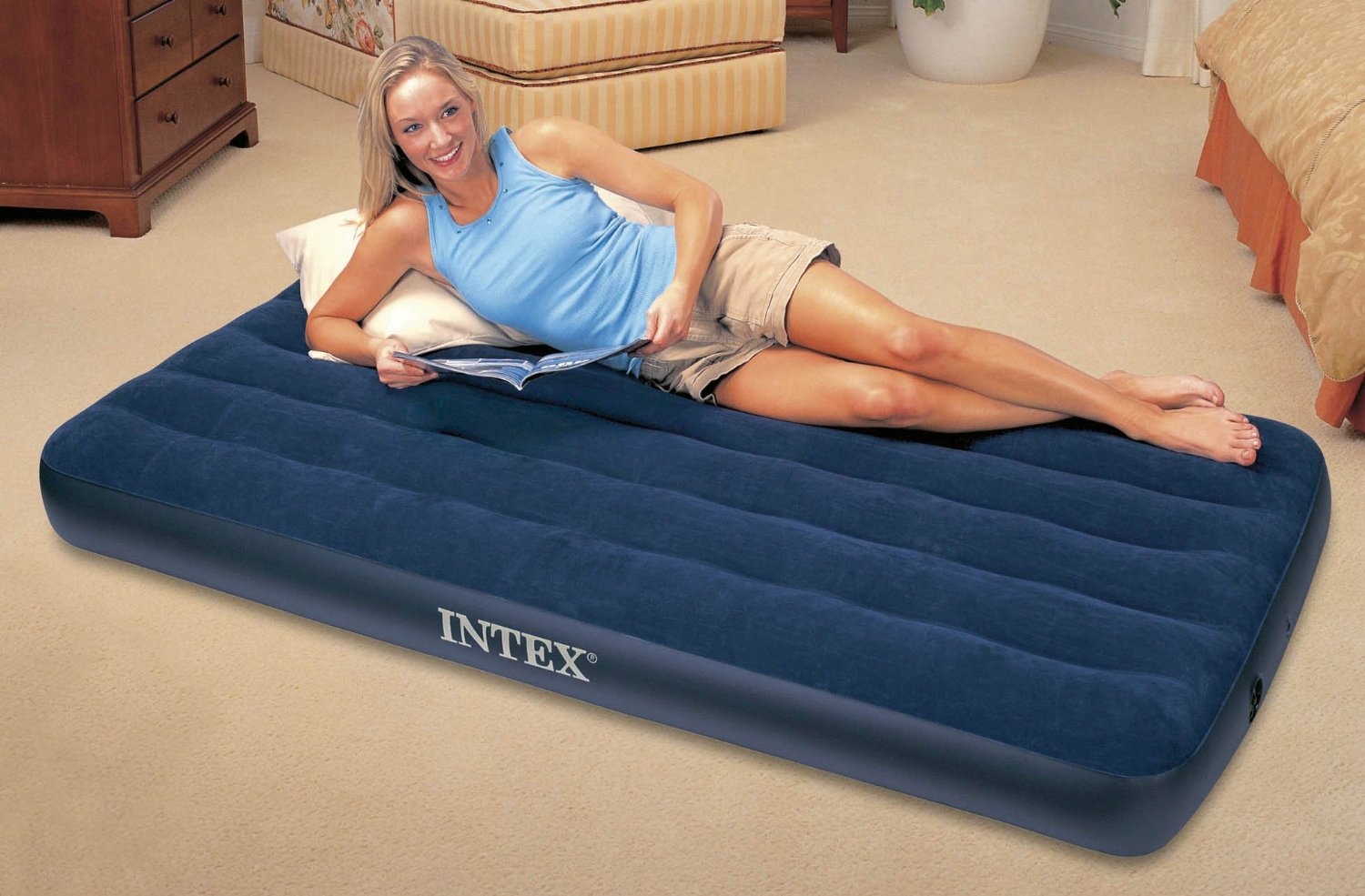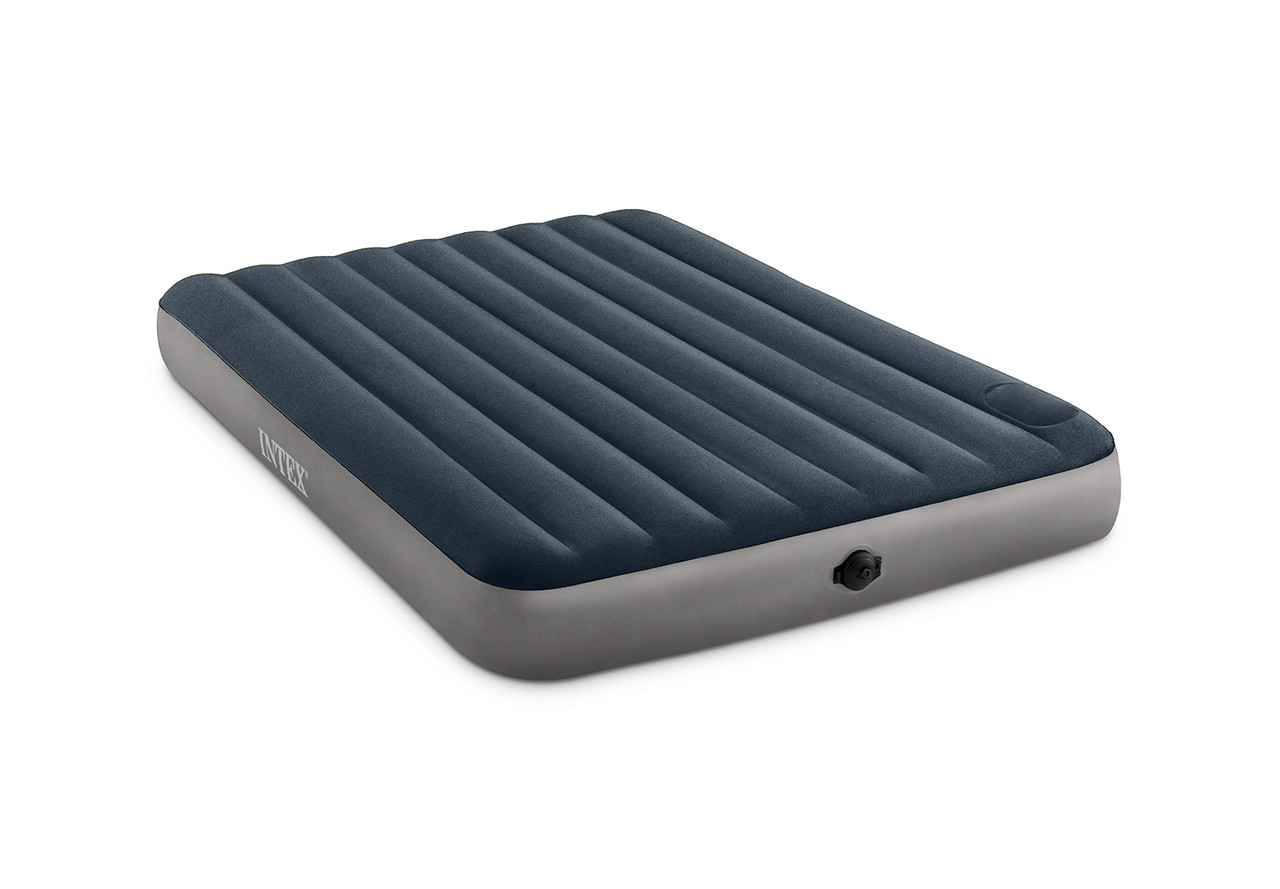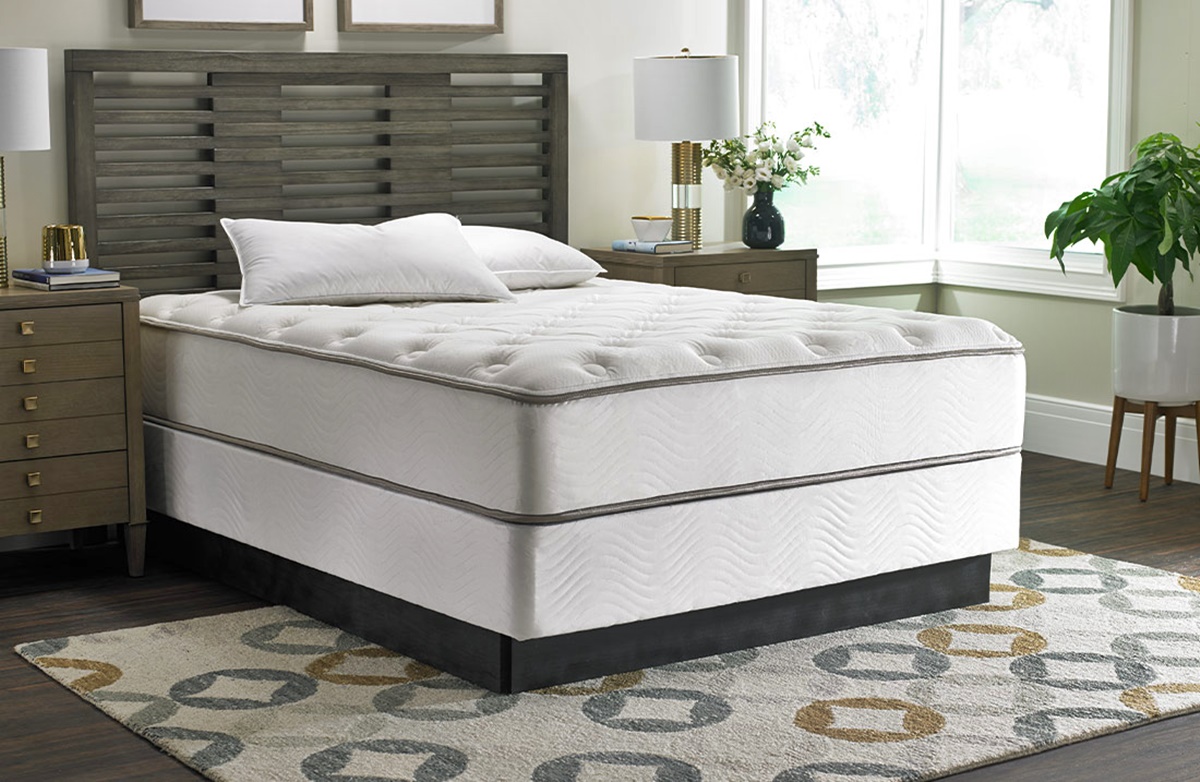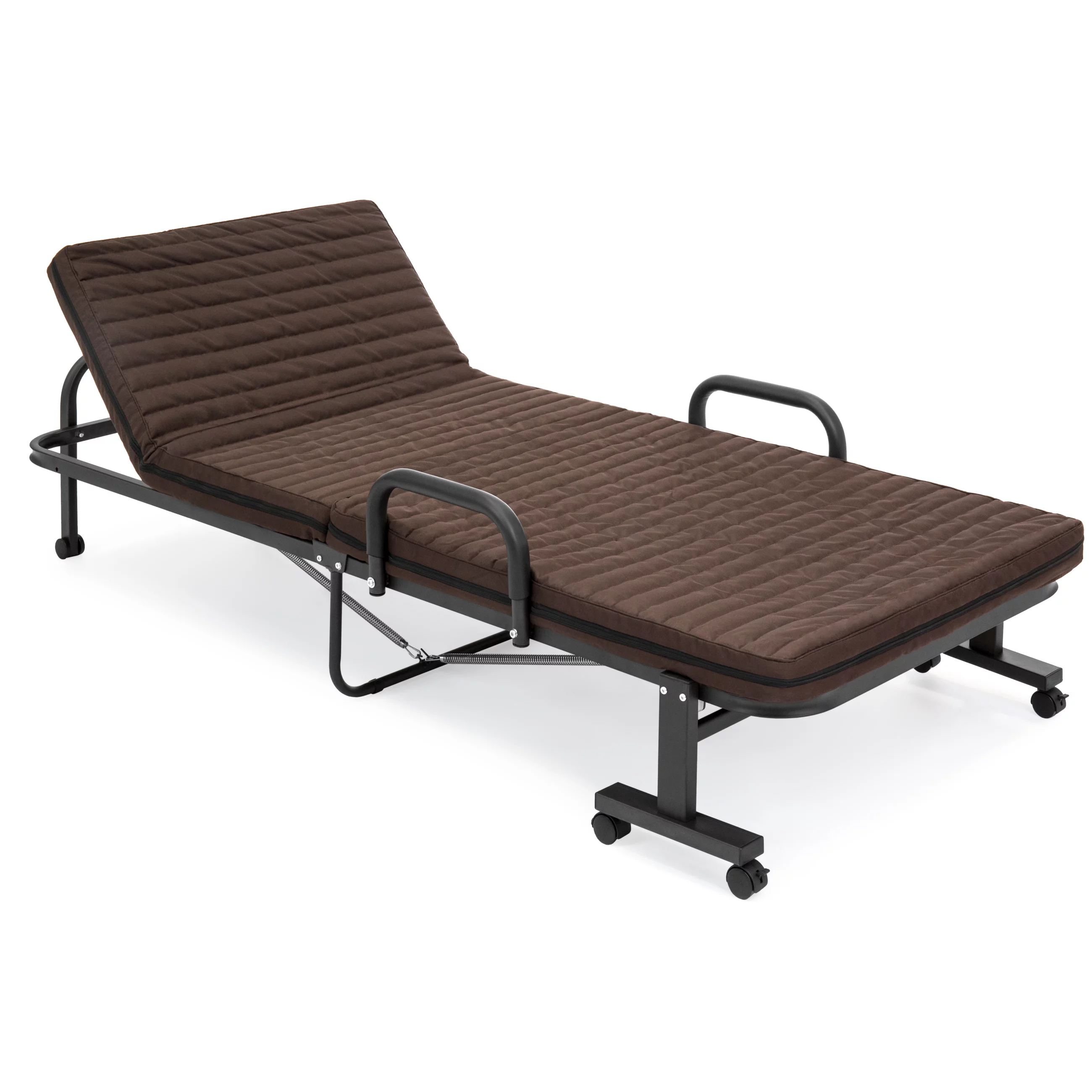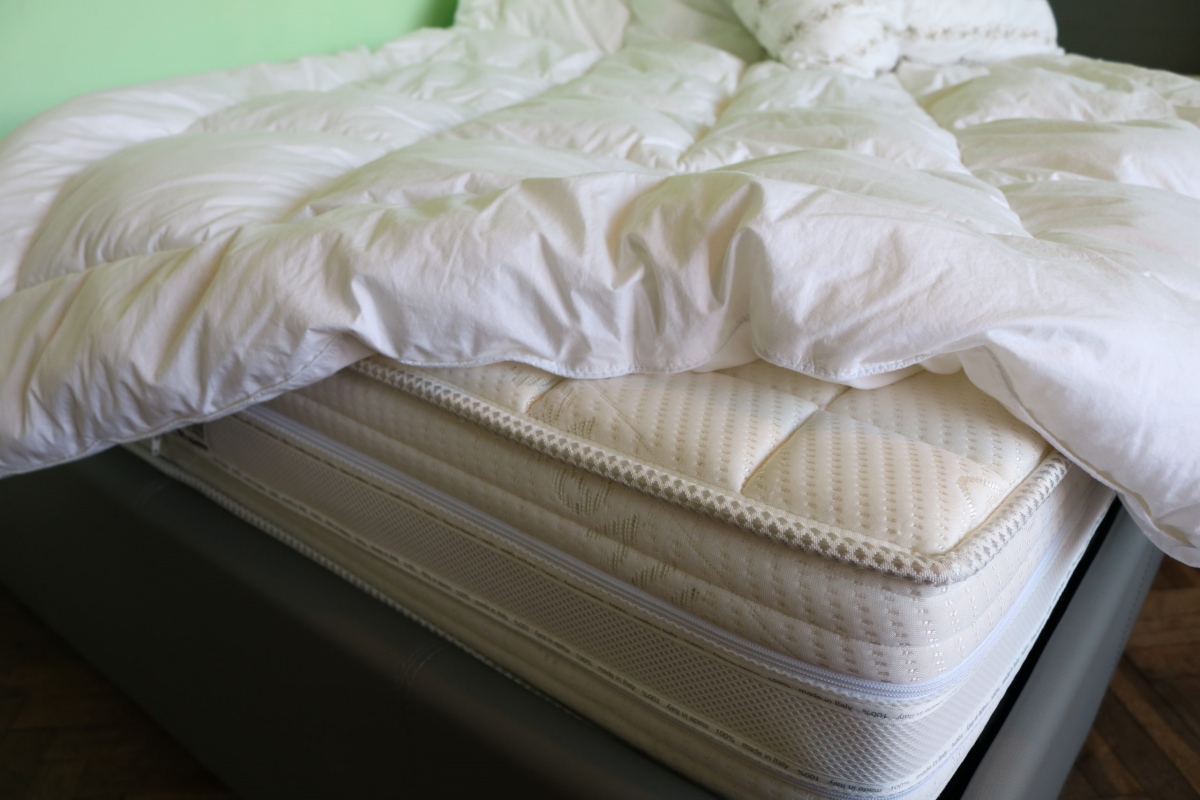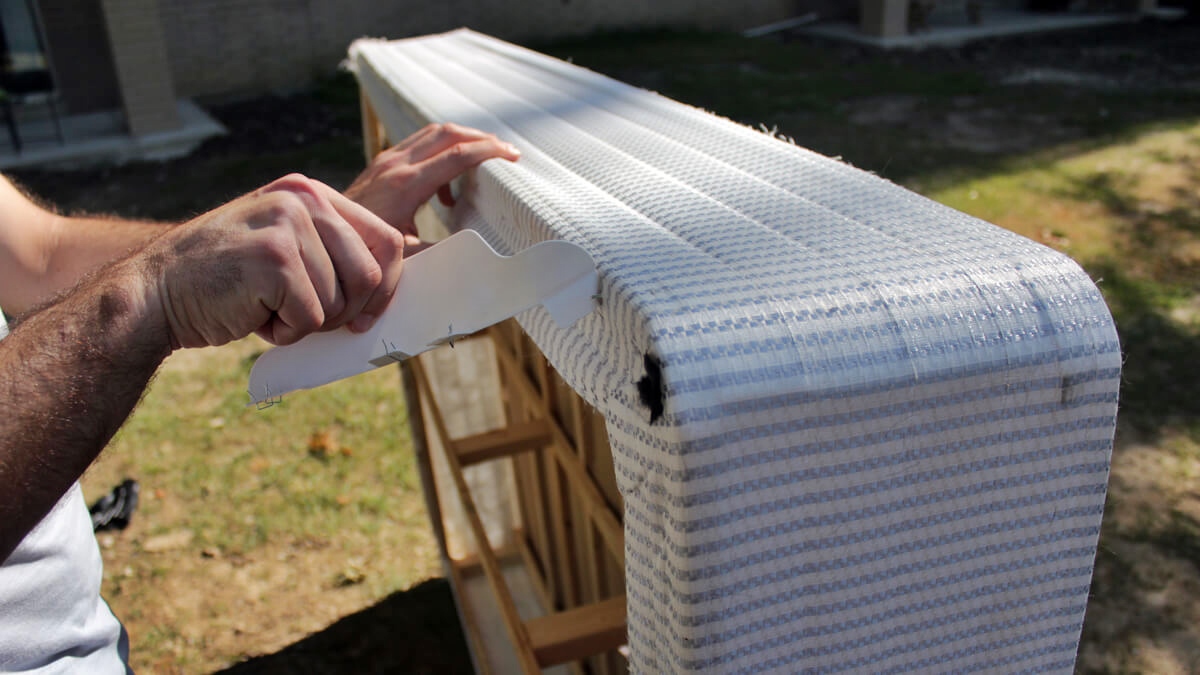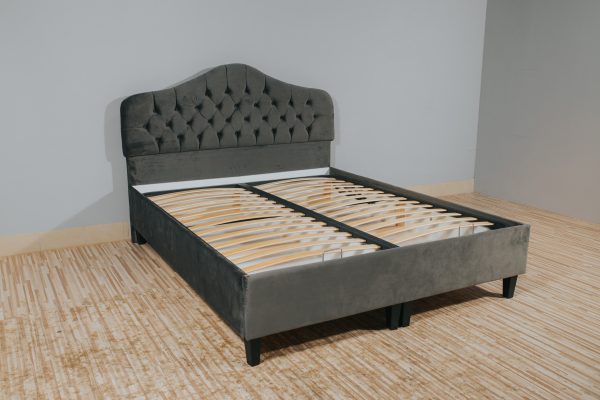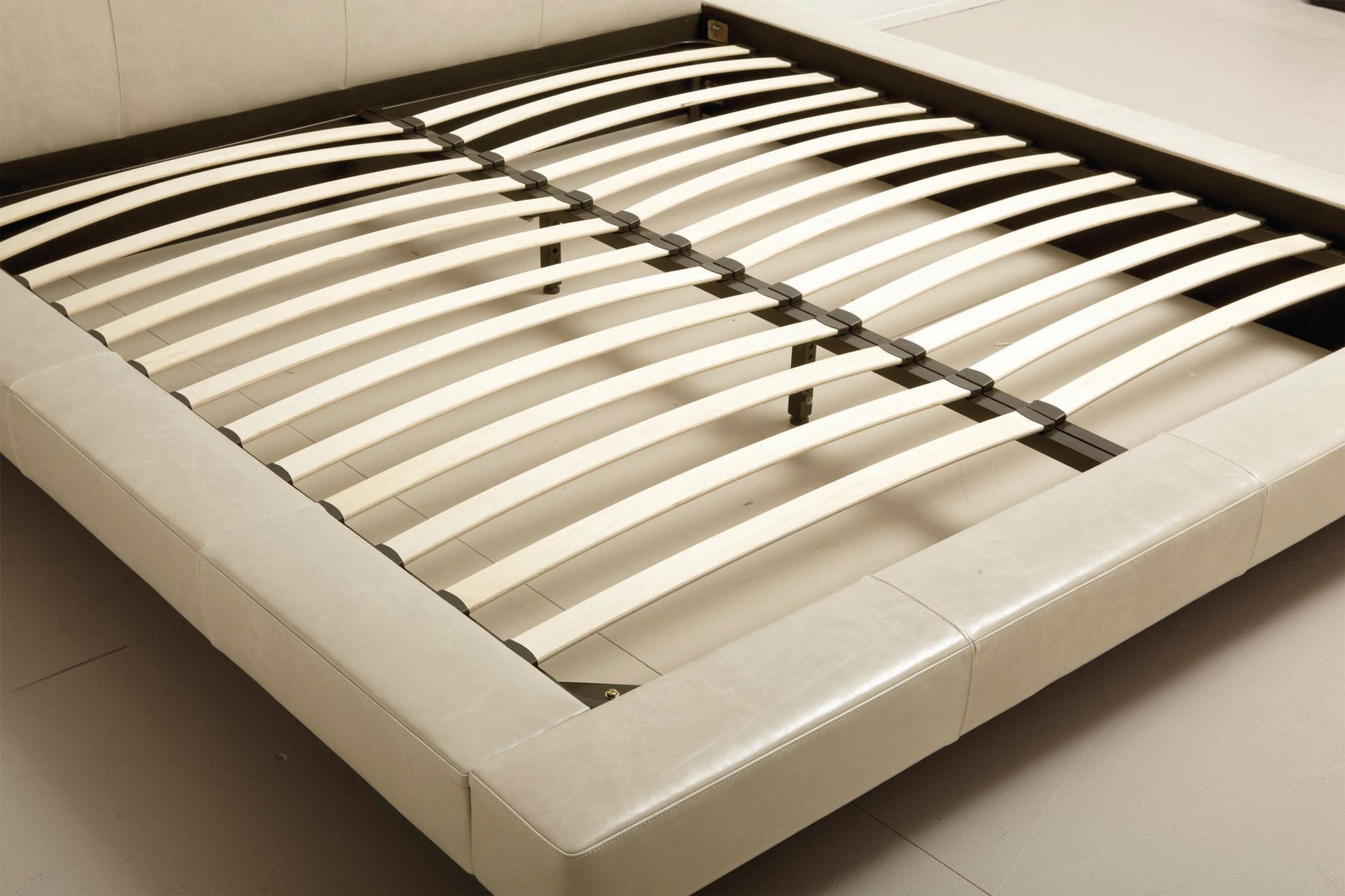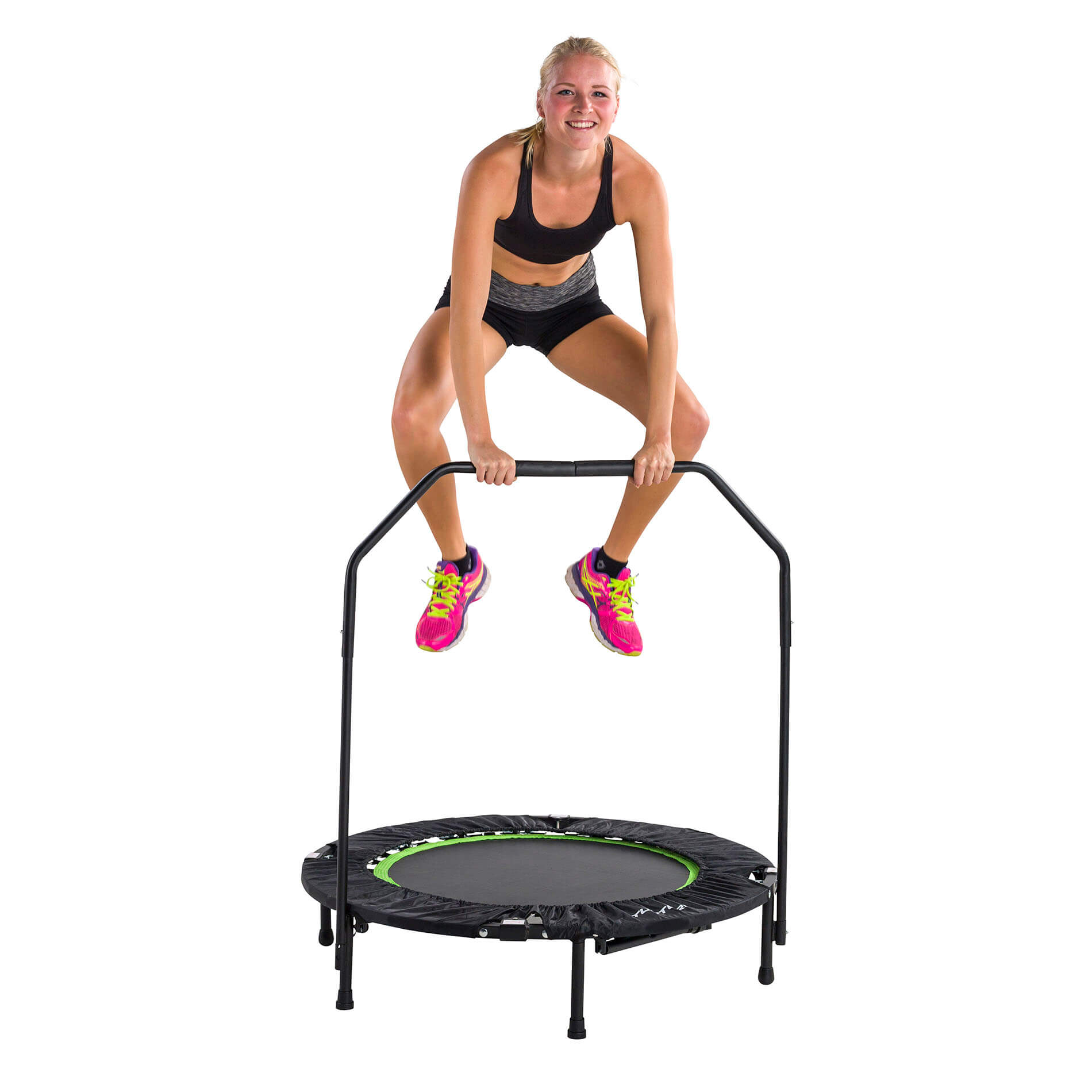Home>Furniture>Bedroom Furniture>How To Fold A Spring Mattress


Bedroom Furniture
How To Fold A Spring Mattress
Modified: August 23, 2024
Discover the easiest way to fold a spring mattress with our step-by-step guide. Transform your bedroom furniture effortlessly.
(Many of the links in this article redirect to a specific reviewed product. Your purchase of these products through affiliate links helps to generate commission for Storables.com, at no extra cost. Learn more)
Introduction
Welcome to the ultimate guide on how to fold a spring mattress. Whether you’re moving, rearranging your bedroom, or simply looking to save some space, knowing how to properly fold and store your mattress can be incredibly helpful. While folding a spring mattress may seem like a daunting task, it is actually quite simple if you follow the right steps.
In this article, we will provide you with a comprehensive step-by-step guide on how to fold a spring mattress. We will walk you through each stage of the process, from clearing the area to securely storing the mattress. So, let’s dive in and learn how to fold your spring mattress like a pro!
Key Takeaways:
- Efficiently fold and store your spring mattress by clearing the area, removing bedding, finding handles, rotating, folding in half, securing with straps, and storing in a dry, clean space. Preserve mattress quality and lifespan with these simple steps.
- Safely fold and store your spring mattress to save space and maintain its quality. Follow the comprehensive guide to clear the area, secure the folded mattress, and choose a suitable storage location. Keep your mattress in great shape for future use.
Read more: How To Fold A Mattress
Step 1: Clear the Area
The first step in folding a spring mattress is to clear the area around the bed. Remove any obstacles such as furniture, decorative items, or loose objects that may hinder the folding process. This will create a clear and spacious space for you to work in.
It is important to ensure that the floor is clean and free of any debris. Sweep or vacuum the area to remove dust, dirt, or any sharp objects that could potentially damage the mattress during the folding process.
Additionally, if you have a bed frame, you may need to disassemble it to provide enough room for folding the mattress. Follow the manufacturer’s instructions or consult a professional if you are unsure about how to safely dismantle your bed frame.
By clearing the area and preparing a clean and clutter-free space, you will have a smoother and more efficient experience when folding your spring mattress.
Step 2: Remove Bedding
Before you can start folding your spring mattress, it is crucial to remove all bedding and accessories from the surface. This includes pillows, sheets, mattress toppers, and any other items that are usually placed on top of the mattress.
Start by stripping the bed and placing all the bedding in a separate location, such as a laundry basket or a designated area. This will ensure that the mattress is clean and ready for folding.
Removing the bedding not only makes the folding process easier but also helps prevent any dirt, stains, or damage to the bedding itself. It is a good opportunity to inspect and clean your bedding if necessary, ensuring it is in good condition for future use.
Once you have removed all the bedding, take a moment to examine the mattress for any visible stains, spills, or rips. If you spot any stains, it’s a good idea to spot clean them using a mild detergent or stain remover. Allow the mattress to dry completely before proceeding to the next step.
By removing the bedding and checking the condition of your mattress, you are setting the stage for a successful folding process and ensuring that your bedding remains clean and protected.
Step 3: Find the Handles
When folding a spring mattress, it’s important to locate the handles. These handles are designed to provide a sturdy grip and make it easier to maneuver the mattress.
Start by flipping the mattress on its side to expose the bottom surface. Look for the handles, which are typically located on the sides of the mattress near the top and bottom edges. They are usually made of fabric and sewn securely to the mattress.
Once you have located the handles, ensure that they are in good condition and properly attached to the mattress. Check for any loose threads or signs of wear and tear. If the handles are damaged, it’s best to avoid using them during the folding process to prevent further damage.
If your mattress doesn’t have handles, don’t worry. You can still fold it using alternative methods, which we will discuss later in the guide.
Having a firm grip on the mattress through the handles will make it easier to control the folding process and maintain its shape. So, take a moment to locate and inspect the handles before moving on to the next step.
Step 4: Rotate the Mattress
In this step, we will rotate the mattress to ensure even folding and to distribute the weight more evenly. This is particularly important for larger mattresses or those that have been in use for an extended period.
Start by standing on one side of the mattress and grasp the opposite side firmly. Lift and rotate the mattress 180 degrees so that the side that was once at the head of the bed is now at the foot.
Rotating the mattress helps to prevent uneven wear and tear, especially in high-pressure areas such as where you sleep. By redistributing the weight, you can extend the life of your mattress and ensure a more comfortable sleep surface.
While rotating the mattress, be mindful of its size and weight. If you have trouble lifting or maneuvering the mattress on your own, consider asking for assistance. It’s important to prioritize your safety and avoid any strain or injury.
Once you have rotated the mattress, make sure it is properly aligned and centered on the bed frame or surface. This will provide a stable and even base for the folding process.
By rotating the mattress, you are taking an important step towards maintaining its overall quality and ensuring a more balanced folding process.
When folding a spring mattress, make sure to use a mattress bag or cover to protect it from dirt and damage. Slowly and carefully fold the mattress in half, then in thirds, and secure it with straps or ropes for easier transportation.
Read more: How To Fold A Mattress Topper
Step 5: Fold the Mattress in Half
Now that you have rotated the mattress, it’s time to fold it in half. This step requires some strength and coordination, so proceed with caution and make sure you have a clear space to work in.
Start by standing at the foot of the mattress and grab the handles or the sides of the mattress securely. Lift one side of the mattress while keeping the other side anchored to the floor or bed frame.
Bring the lifted side towards the stationary side, folding the mattress in half. As you fold, be mindful of the mattress’s flexibility and ensure that it maintains its shape and structure.
Slowly lower the folded side of the mattress towards the stationary side, aiming to create an approximate even fold. Take your time to adjust and align the edges as you lower the mattress, preserving its overall symmetry.
Once the mattress is folded in half, double-check that it is aligned and that the corners and edges are neatly aligned. This will help maintain the mattress’s shape and reduce the risk of unnecessary strain or damage.
If you find it challenging to fold the mattress in half, especially for larger or heavier mattresses, you can enlist the help of another person to make the process easier and more manageable.
By folding the mattress in half, you are preparing it for secure storage and making it more convenient to transport if needed.
Step 6: Secure with Straps or Bungee Cords
After folding the mattress in half, it’s important to secure it to maintain its shape and prevent it from unfolding during transportation or storage. There are a few options for securing the folded mattress, including straps or bungee cords.
If your mattress has built-in straps, use them to secure the folded mattress. Fasten the straps tightly around the mattress, making sure they are snug and secure. This will help keep the mattress in its folded position and prevent it from opening up.
If your mattress doesn’t have built-in straps, you can use bungee cords or adjustable straps to secure it. Place the cords or straps across the width and length of the folded mattress, making sure to crisscross them to create a secure hold. Pull the cords or straps tight and fasten them securely.
Alternatively, you can use a sturdy rope or twine to tie the folded mattress. Wrap the rope around the mattress, making several loops to ensure a tight and secure hold. Knot the rope tightly to keep the mattress folded and secure.
Whichever method you choose, the key is to ensure that the mattress is tightly secured and won’t come unfolded during transportation or storage. This will protect the mattress from any potential damage and make it easier to handle.
If you plan to transport the mattress, such as in a moving van or a storage unit, consider covering it with a protective mattress bag or plastic wrap. This will provide an additional layer of protection against dust, dirt, and moisture.
By securing the folded mattress with straps, bungee cords, or ropes, you can have peace of mind knowing that it will stay in its folded position and remain protected during transportation or storage.
Step 7: Store in a Dry and Clean Area
Once you have securely folded and strapped your mattress, it’s time to find a suitable storage location. Choosing the right environment for storage is essential to preserve the quality and longevity of your mattress.
First and foremost, select a dry area to store your folded mattress. Moisture can lead to mold and mildew growth, which can significantly damage the materials of your mattress. Avoid storing the mattress in damp basements, garages, or any area prone to water leaks or high humidity levels.
Additionally, it’s crucial to store the mattress in a clean space. Avoid areas with excessive dust, dirt, or debris that can accumulate on the mattress’s surface over time. Consider storing the mattress in a dedicated storage room, a clean and dry attic space, or use a storage unit that offers climate control.
If you choose to store the mattress on the floor, make sure the floor is clean and dry. Consider placing a protective barrier, such as a tarp or plastic sheet, between the mattress and the floor to prevent any damage from dust, moisture, or pests.
When positioning the folded mattress in the storage area, ensure that it is laid flat to maintain its shape and prevent unnecessary pressure on specific areas. Avoid stacking heavy objects on top of the mattress, as this can cause deformation and compromise its structure.
If possible, cover the stored mattress with a breathable mattress cover or a large sheet to provide some protection against dust and debris. Avoid using plastic covers, as they can trap moisture and lead to the growth of mold or mildew.
Lastly, periodically check on your stored mattress to ensure its condition. Take the opportunity to inspect for any signs of pests, moisture, or damage. If you notice any issues, address them promptly to prevent further harm.
By storing your folded mattress in a dry and clean environment, you can preserve its quality and ensure that it remains in good condition until it is ready for use again.
Conclusion
Folding a spring mattress may seem like a daunting task, but with the right steps and precautions, it can be done easily and efficiently. By following this comprehensive guide, you can safely fold and store your mattress, whether you’re moving, rearranging your bedroom, or simply looking to save space.
Remember to clear the area and remove all bedding before starting the folding process. Locate the handles, rotate the mattress for even wear, and fold it in half with care. Secure the folded mattress using straps, bungee cords, or ropes to keep it in place during transport or storage. Finally, choose a dry and clean area to store the folded mattress, ensuring it remains in good condition until you need it again.
Properly folding and storing your spring mattress not only saves space but also helps maintain its overall quality and extends its lifespan. By taking the time to follow these steps, you can ensure that your mattress remains in great shape and provides you with many nights of comfortable sleep in the future.
Now that you have the knowledge and confidence to fold your spring mattress like a pro, go ahead and apply these techniques whenever the need arises. Happy folding!
Frequently Asked Questions about How To Fold A Spring Mattress
Was this page helpful?
At Storables.com, we guarantee accurate and reliable information. Our content, validated by Expert Board Contributors, is crafted following stringent Editorial Policies. We're committed to providing you with well-researched, expert-backed insights for all your informational needs.
